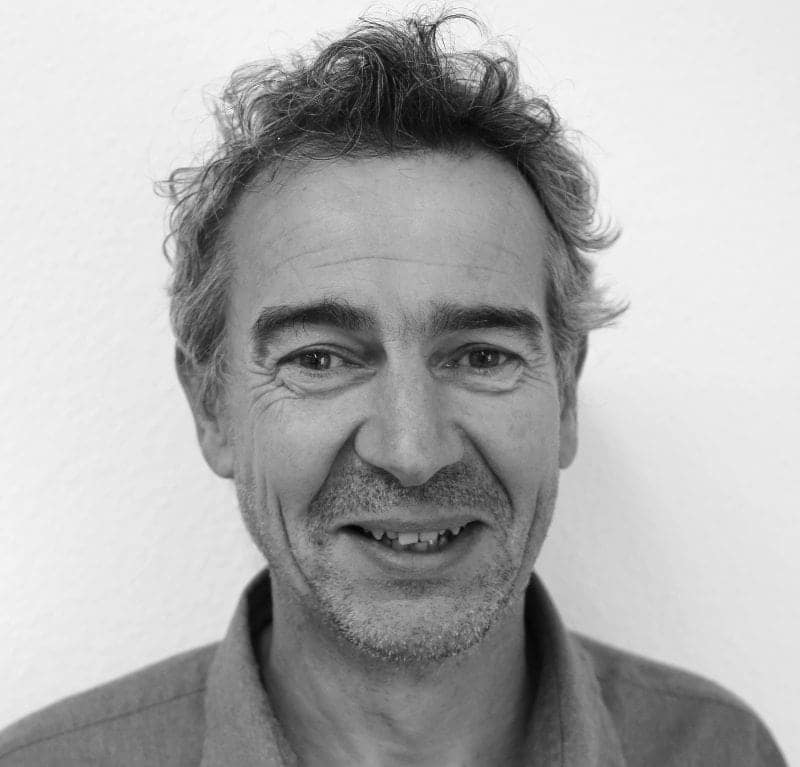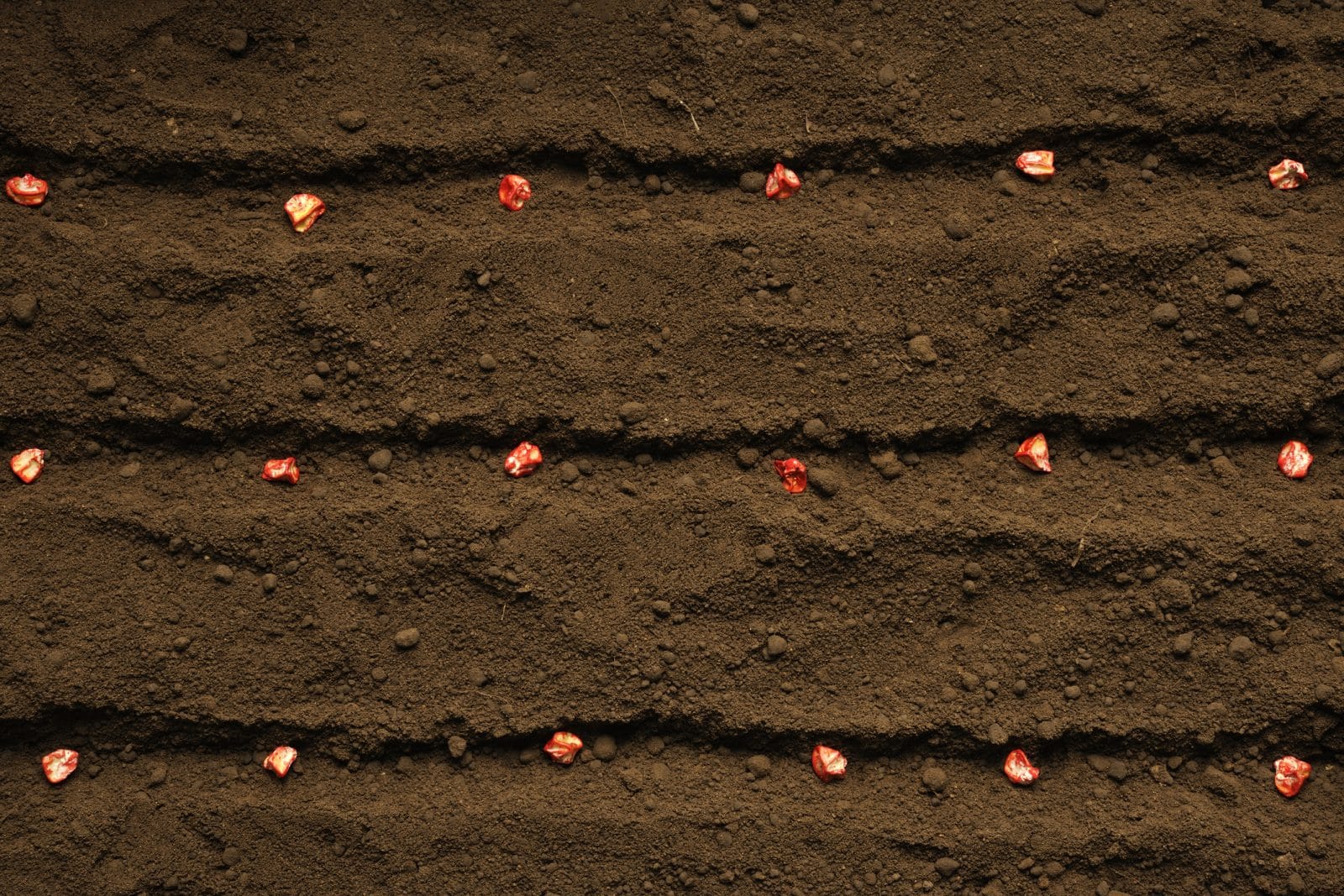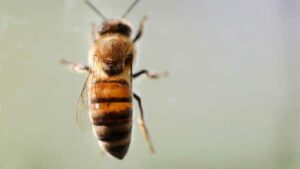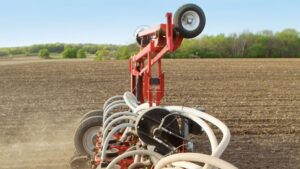Seed World looks at how companies are working to eliminate dust from treated seeds and the role that testing plays.
The use of seed treatment technologies by farmers is an effective tool to provide the necessary protection of seeds for a strong, healthy start. Using seed treatments delivers a very precise application of chemical and biological treatments that shield seeds from the insects and diseases that exist in the soil during germination and seedling development.
These seed treatments: increase germination, protect seeds and seedlings from many seed-borne and soil-borne pathogens, assist in achieving more uniform planting by coating the seeds to improve flowability, enhance seedling growth, enhance seedling emergence, and enhance crop performance during the growing season.
The motion and vibration of treated seed during storage, transport and handling can produce a substantial amount of seed treatment dust. When this dust is allowed to escape into the atmosphere, it can pose health and safety risks to the environment. Some of the environmental costs and concerns of dust-off include:
* Cost of material intended to remain on the seed but doesn’t.
* Amount of product remaining on the seed as it is planted into the soil may not meet the required rate for effectiveness, which could lead to a greater chance of pest resistance.
* The impact of fugitive dust on the environment, which may still be unknown.
* Risks to bee and other beneficial insect health.
* Human health impacts.
Dust-Off Testing
Dust off testing provides a laboratory assessment of free floating and abrasion particles of treated seeds. The test analyzes the amount of dust created by mechanically stressing the treated seed in a manner designed to simulate the activity that occurs during seed handling and planting. It measures how well seed treatments bind to the seed and whether it flakes or dusts off.

“Treated seed should have a high resistance to abrasion and minimal dust loss,” says Amanda Ver Helst, RGT, SGS laboratory research manager in Brookings, S.D. “The mechanically stressing during the dust-off test is set to mimic the activity that would occur during seed handling and planting. This test measures the amount of dust lost.”
Ver Helst describes the dust off test administered by SGS. Procedures for the test have been established by the European Seed Association (ESA) in Brussels, Belgium. This test uses a Heubach Dustmeter, a standard laboratory appliance, to weigh the amount of dust lost by treated seeds.
Seeds are placed in the dustmeter’s rotating drum and mechanically stressed. A vacuum pump creates an air flow that carries dust through the rotating drum and to the attached filter unit where it collects on a filter, which is then weighted to determine the amount of dust that came off the seed. Course, non-floating particles are separated and collected.
The dust-off testing conditions are quite specific. The treated seed samples must be stored, and the testing must be done in an area separate from where the seeds are treated so there is no contamination from dust in the air. The humidity and temperature in the test area should be maintained between 20-25 degrees Celsius (68-76 degrees Fahrenheit) and 30-70 percent relative humidity.
“This is more stringent than the actual ESA guidelines, but we do this to assure that we are within the official boundaries,” Ver Helst says.
The seed to be tested must be stored in a constant climate area of 20 degrees Celsius (plus or minus 2 degrees (68 degrees Fahrenheit, plus or minus 4 degrees) and 50 percent, plus or minus 10 percent, relative humidity for 48 hours before testing. The seeds are to be stored in paper bags to assure they are fully acclimated to the storage conditions. A 1,000-seed sample is weighed and its weight recorded before the test begins.
The dustmeter must be thoroughly cleaned before each test repetition. 100 grams of seeds are placed in the dustmeter’s metal drum. A glass-fiber filter is weighed and placed in the unit to collect dust. The test is run for 120 seconds while the drum rotates and tumbles the seed at 30 rotations per minute. The air flow rate is 20 liters per minute. SGS typically runs two reps of each sample.
The filter is weighed before and after the test. Because the amount of collected dust is small, an analytical balance with a high level of accuracy is used to weigh the filter and the collected dust. To obtain the sample’s dust value (g/100 kg), the net weight (g) of the dust collected on the filter is multiplied by 100 and divided by the weight (g) of 100 treated seeds.
To calculate the dust value for 100,000 seeds, the net weight of the collected dust (g) is multiplied by 100 and then multiplied by the weight (g) of 1000 seeds and divided by the weight (g) of the 100 treated seeds.
The final test result is the mean of two measurements. To be within tolerance when the dust value is larger than 1g/100kg, the difference between the two measurements must be less than 20 percent. If the dust value is smaller than 1g/100kg, the deviation must not exceed 0.3g/100kg to be within tolerance. If the results for the first two tests are out of tolerance, two more tests are conducted. The final dust value would then be the mean of all four tests.
Dust Off Awareness and Concerns
During the past 10 years, an awareness has begun to develop concerning the potential environmental hazards caused by fugitive seed treatment dust escaping into the surrounding air.

“Ten years ago, groups in two countries, mainly France and Germany were expressing concerns about seed treatment dust off. There were also some concerns in Italy and Slovenia,” says Bruno Sornin, Syngenta global lead, Seedcare Stewardship. “But outside of that, absolutely no concern. France for the first time in 2000 and then in 2004 had some public incidents expressing concern for the damage being done to bees and other pollination insects by seed treatment dust off.
“Germany in 2008 had an incident. After that, the EU Commission’s political agenda raised dust-off to a higher level in the parliament. Outside Europe, no one was concerned about the effect of dust 10 years ago. About five years ago, interest began in Canada and in the United States.”
Two years ago, Bosnian official began to take an interest and began wondering if seed treatment dust was having an impact on its environment. In Asia and Australia no one was really concerned. More recently, concerns are being raised in the United States and Canada, especially Ontario.
After the big 2008 protest incident occurred in Germany, some mechanical stewardship measures, such as dust deflectors on planting equipment. Since then no incidents have been recorded. In a few places where there are doubts about the implementation of stewardship measures.
In the past few years, seed chemical companies have been funding research to develop improved seed treatment polymers to bind treatments to the seed and reduce the amount of dust off.

“We have certainly moved the needle over the past 10 years,” says Justin Clark, BASF technical marketing manager. “We are making everyone more aware of what is going on across the board for multiple stakeholders whether that is the farmers on the ground or the seed companies or the manufacturers of the products that go on the seed.
“We are bringing in the equipment manufacturers who are designing baffles for planters and other equipment modifications to limit the amount of off-site dust off. We need to include beekeepers and seed dealers as well. They have become involved in the discussion. We are also bringing in government agencies to help everyone become more aware of duct off.”
One of the partnerships BASF has joined and become a part of during the past few years is the Pollinator Partnership. BASF has become active in the Corn Dust Research Consortium, which has done multiple years of studies evaluating and developing different components whether it is equipment, seed lubricants or seed coatings to come up with a set of recommendations for the industry to address the concerns for all the involved stakeholders whether that is Extension, beekeepers or farmers.
“I would point everyone within North America to the www.pollinator.org website to become aware of that organization and some of their final reports that have come out through their good quality field testing and lab testing,” he says.
The website also includes information on equipment and coating technology to make everyone more aware of the research and of the strides the industry has been making in the United States.
“Overall, the awareness of dust-off is much higher now versus 10 years ago. I would also say we have moved the needle forward on being able to reduce the amount of dust-off. We know much more about the conditions that cause if and have a better understanding of active ingredient retention,” says Clark.
“Now, for crops like corn, soybeans and cotton, we use a lot of thin film coatings that act like a binder and really lock the active ingredients on to the seed to prevent the abrasion and dust-off or rub-off. This retains more of the active ingredient on the seed where it belongs,” says Clark. “Keeping that active ingredient will give the farmer the true benefit of what he has paid for and also reduce the off-target movement of the active ingredients.”
Another way seed treatment developers measure the success of seed coatings is flowability and plantability. A laboratory chemist can create a great binding product, but for the farmer, the coated seed needs to flow efficiently and be able to be planted. In corn especially, a skip can will have a direct effect on yield at harvest.
One of the new product lines BASF has developed for North America is different polymers designed for different crops. A soybean seed does not act like a corn seed once it is treated with a liquid seed coating.
“We have designed these different products to address dust off and ingredient retention for different crops,” Clark says. “As we develop new products over time, the Heubach test results show that there is less and less dust off as we are retaining more of that active ingredient on the seed. W have put a lot of resources into this area and we are really proud of the results.”
Syngenta is also working to provide to its customers the best combinations of products with the best flowability with the lowest levels of dust.
“In the United States we have premix products that customers like to mix in different combinations of seed treatments to keep the right products on the seed without too much dust off,” Sornin says. “Its scientists are working to fine-tune the recipe for products that are actually applied to the seed to make sure that there is not too much dust off.
“In Europe with requirements for very low levels of dust, we are trying to develop seed coatings and seed planting equipment that will produce zero dust but that equipment is still too expensive for farmers to use. With our present technology, we do not think we will be able to have absolutely dust-free seed. Just a tractor going through a field makes dust, so completely dust-free planting may not be possible.
“We continue to check the boundaries to see what is the lowest possible level of dust that can be generated by treated seed as it is transported and handled on its way to the farmer’s field for planting.”
Developing new seed coating technologies to reduce the amount of seed treatment dust-off is an important, ongoing consideration by seed chemical companies. Public awareness through increased media attention to the potential environmental hazards of fugitive seed treatment dust and government intentions to impose stricter dust off limits are putting increased pressure on the seed industry to limit seed treatment dust off.
“At the beginning, it was the seed protection people looking to reduce dust from seeds but after a while, the equipment manufacturers have come together with improved equipment each year. It is refreshing to see how fast improvements are being made in the United States,” Sornin says.
If you’re interested in hearing from these experts firsthand, you can watch the webinar, or listen to the podcast here.













